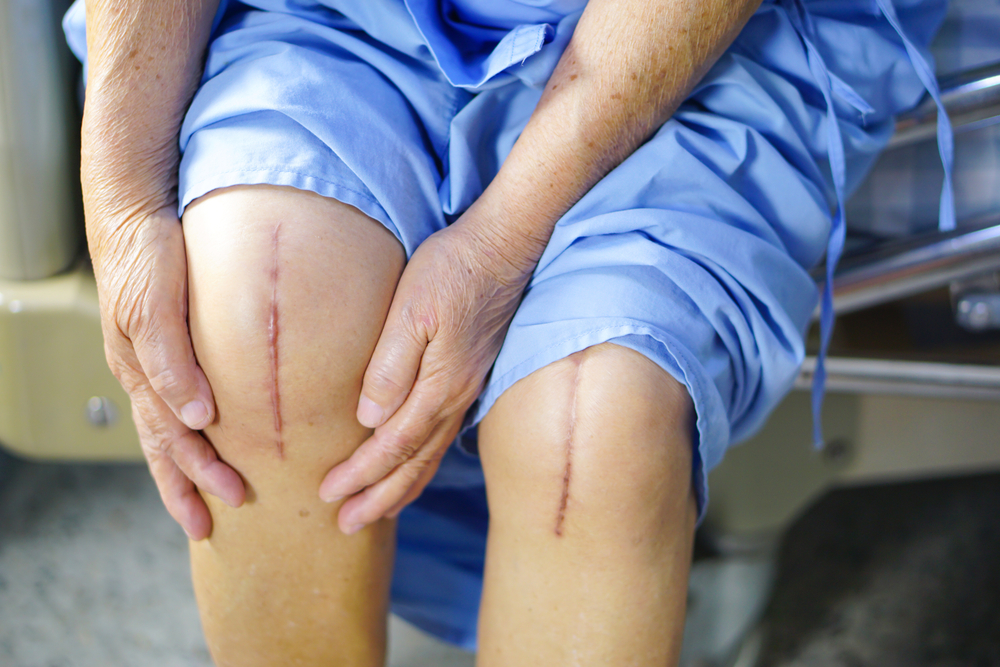
Navigating Post-Surgical Pain: When to Seek Pain Management
There is almost always some pain following a surgical procedure, but this pain may vary significantly from patient to patient. You may only experience mild discomfort that can be treated with over-the-counter pain relievers, or you may encounter severe pain that may require powerful opioid medications.
If you are like most people and rarely experience intense pain, then it may be difficult to know what to do following surgery. It is important to discuss your pain management plan with your doctor before your procedure so that you will know what to expect and what your pain treatment options are.
Preparing for Surgery
In addition to the other preparations you need to make for surgery and post-operative recovery, you should also plan out how to deal with any pain symptoms that may arise following the procedure.
- Talk about past pain—it is important that your physician knows how you react to other surgical procedures and pain symptoms. This will help inform what kind of medications should be prescribed as well as other pain mitigation options.
- Discuss any current pain conditions—if you have any health conditions that require you to take pain relievers—either OTC or prescription—you should tell your doctor because this may mean that you are less responsive to pain medications.
- Substance abuse—talk to your doctor about any chemical dependencies you have since that can affect your pain management planning.
- Pain medications—you should talk about what drugs are most appropriate for you. Some situations may require more powerful compounds like fentanyl—usually very severe cancer pain—while others may only require mild pain relievers.
Risks Associated with Opioids
In most cases, your surgeon will probably prescribe opioid pain relievers to help manage post-op pain, but you should be aware of the potential risks. In addition to the possible side effects of opioids which includes nausea, constipation, urinary retention, drowsiness, and impaired cognition, there is also the heightened risk of abuse and addiction.
Although the risk of developing an opioid dependency is small following surgery due to the need to manage the severe pain, it can still occur, especially if you misuse the opioid medications. That is why you should always follow your doctor’s instructions exactly. If you find that your pain is not under control, consult with your physician before you modify your opioid use.
In most cases, your pain should be well managed under your post-op pain management plan. Most patients actually use fewer opioids than are prescribed to them. If you have extra opioid pills after your recovery, dispose of them safely so as to minimize the risk of others abusing them.
What Kind of Pain to Expect after Surgery
You should expect at least some minor discomfort after surgery; most people experience moderate to severe pain, especially at the site of the operation. This pain is caused primarily by trauma to the tissue caused by incision and manipulation of the tissue. That is why you may be under general anesthesia, i.e. fully unconscious, or local anesthesia.
In addition to pain centered on the site of the surgery, you may also experience other kinds of pain following the procedure.
- Throat pain—your throat may feel scratchy or sore.
- Muscle pain—there may be pain in the muscles of your neck, shoulders, chest or back due to lying in a static position on the operating table.
- Movement pain—you may find it uncomfortable sitting up, coughing and walking after the procedure.
Immediately following surgery you may not feel intense pain due to the lingering effects of the anesthesia, but you should expect your pain to intensify. Follow your doctor’s instructions rigorously even if you don’t feel severe pain at the moment.
Alternatives to Opioid Pain Relievers
Although opioid pain relievers are the most common way to manage pain post-surgically, there are other options. You should discuss the possibility of using such alternatives with your doctor prior to the procedure to determine if they are viable options for you.
- Nonsteroidal anti-inflammatory drugs—NSAIDs like Advil or Aleve may be sufficiently potent enough to ward off the most severe pain. Of course, these OTC pain relievers don’t carry many of the same risks of opioids, but some patients find them almost as effective.
- Guided imagery—you may find that imagining a place of peace and relaxation is quite helpful in reducing pain severity.
- Relaxation media—songs, movies or video games have proven successful for some people in mitigating post-operative pain.
- Acupuncture—this ancient form of Eastern medicine has helped many patients manage pain symptoms with little or no side effects.
- Heat and cold—while ice can numb the pain, heat can promote blood flow and healing. Only apply ice or heat for 20 minutes or less.
- Transcutaneous Electrical Nerve Stimulation—TENS has proven quite effective at managing post-surgical pain in some patients. This therapy uses a mild current to activate nerves which prevents them from carrying nerve impulses.
Chronic Pain following Surgery
In rare cases, a condition known as chronic post-surgical pain may arise. It is estimated that from 10 to 50 percent of the 45 million Americans that undergo a procedure annually will develop persistent postoperative pain (PPP), and that about one in ten PPP cases will involve severe pain.
Persistent postoperative pain is pain lasting three to six months after the operation. In most cases, the pain is related to damage to a major peripheral nerve during the procedure. Certain kinds of surgical procedures are more likely to produce persistent postoperative pain:
- Inguinal hernia repair
- Leg amputation
- Breast or thoracic surgery
- Coronary bypass surgery
There appears to be a greater risk of PPP from surgeries lasting longer than three hours. There is also an elevated risk associated with less experienced surgeons.
Like other forms of chronic pain, PPP is best treated using a multi-modal approach that integrates several therapies simultaneously. This may include NSAIDs, opioid drugs, anticonvulsants, antidepressants or nerve blocks. Non-pharmacological therapies include physical therapy, psychotherapy, mindful maeditation, or acupuncture.
Article written by: Dr. Robert Moghim – CEO/Founder Colorado Pain Care
M.D. Disclaimer: The views expressed in this article are the personal views of Robert Moghim, M.D. and do not necessarily represent and are not intended to represent the views of the company or its employees. The information contained in this article does not constitute medical advice, nor does reading or accessing this information create a patient-provider relationship. Comments that you post will be shared with all visitors to this page. The comment feature is not governed by HIPAA and you should not post any of your private health information.



